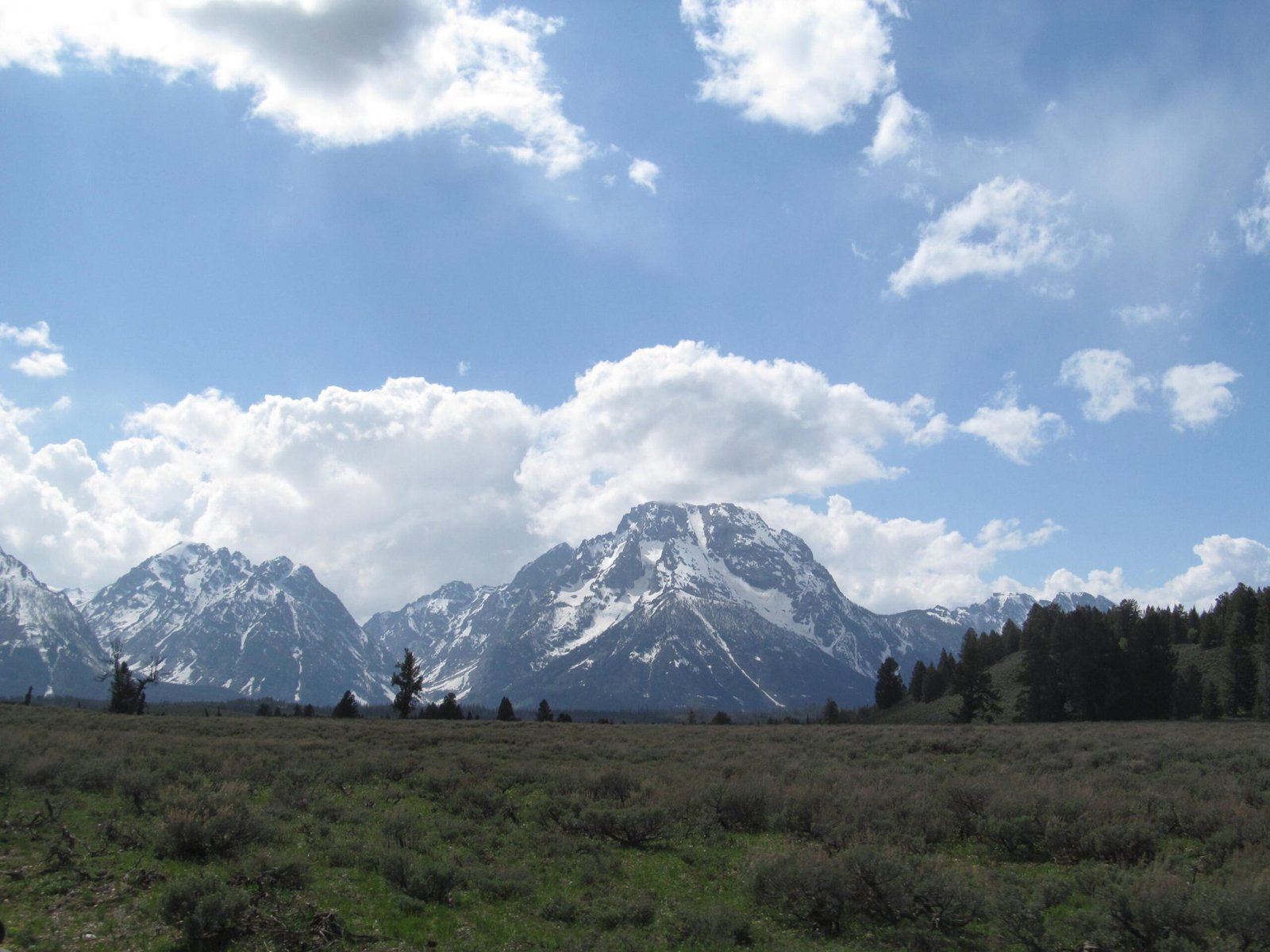Bear Mauling in Grand Teton National Park: A Comprehensive Overview
Summary of Bear Encounters
Grand Teton National Park represents a unique wilderness where human-bear interactions are carefully managed, with only six reported bear attacks since 1994. These encounters, while rare, underscore the importance of understanding bear behavior, implementing safety protocols, and respecting wildlife boundaries in this pristine ecosystem.
What Are the Chances of a Bear Mauling?
| Statistic | Details |
|---|---|
| Total Attacks (1994-Present) | 6 |
| Annual Park Visitors | 2.5 million |
| Fatality Rate | 0% |
Bear Species in the Park
Two primary bear species inhabit Grand Teton National Park:
– Grizzly Bears (Ursus arctos horribilis)
– Black Bears (Ursus americanus)
How Do Bear Attacks Typically Occur?
Bear maulings in Grand Teton National Park predominantly result from surprise encounters. Key factors include:
- Unexpected Proximity: Bears feeling threatened or protecting cubs
- Silent Hiking: Approaching bears without making noise
- Food-Related Conflicts: Improper food storage attracting bears
What Safety Measures Prevent Bear Attacks?
Hiking Recommendations
- Group Hiking: Travel in groups of three or more
- Make Noise: Talk, sing, or use bear bells
- Carry Bear Spray: Learn proper usage techniques
- Maintain Distance: Stay at least 100 yards from bears
How Should You React During a Bear Encounter?
Defensive Strategies:
– Remain calm
– Speak in a low, steady voice
– Slowly back away
– Do not run
– Use bear spray if charged
What Are the Most Dangerous Trail Areas?
High-risk zones include:
– Cascade Canyon
– Death Canyon
– Areas with dense vegetation
– Regions near water sources
Why Are Bear Attacks So Rare in Grand Teton?
Factors contributing to low attack rates:
– Extensive visitor education programs
– Strict wildlife management protocols
– Active ranger monitoring
– Public awareness campaigns
Can Bear Attacks Be Completely Prevented?
While 100% prevention is impossible, risks can be significantly minimized through:
– Proper wildlife education
– Following park guidelines
– Respecting bear habitats
– Carrying appropriate safety equipment
What Emergency Steps Should Be Taken After a Bear Encounter?
- Report the incident to park rangers immediately
- Provide detailed location information
- Describe bear species and behavior
- Seek medical attention if injured
Conclusion: Coexisting with Wildlife
Bear maulings in Grand Teton National Park remain extremely rare. By understanding bear behavior, implementing safety protocols, and respecting wildlife, visitors can enjoy a safe and memorable wilderness experience.
References:
- National Park Service Bear Safety Guidelines
- Grand Teton National Park Official Website
- Wildlife Conservation Research Papers
Disclaimer: Always consult official park resources and rangers for the most current safety information.

